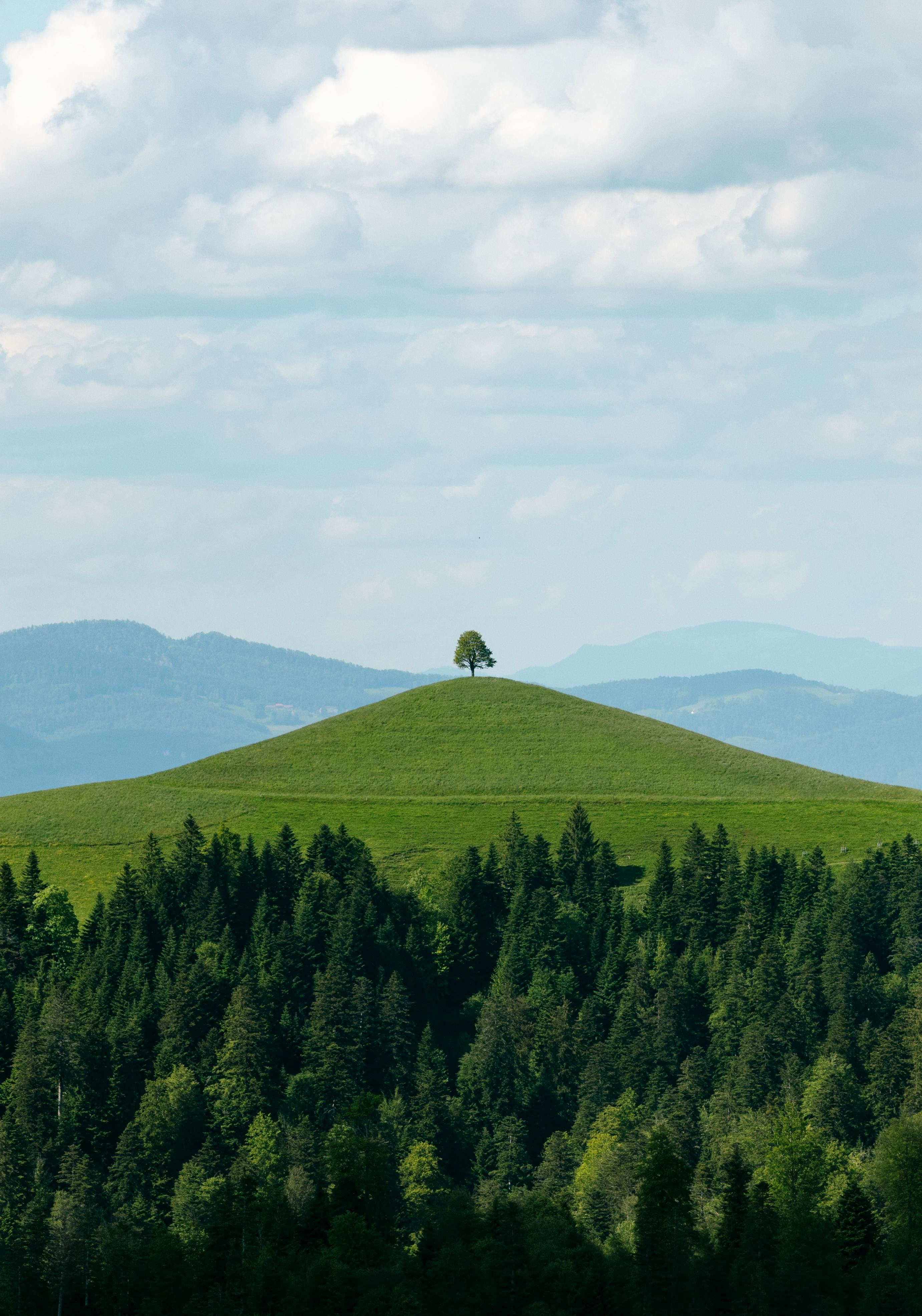Yarrow

“Look at me! Do I look like a hero? Probably not. I am rather fragile, with my thousands of feathery leaves and my thousands of little flowers. But that is what makes me resilient: Lots of little flowers attract lots of pollinators. And lots of little leaves help me stay cool in hot environments. All this makes me strong - like a hero.”
Hero’s herb
Yarrow (Achillea millefolium) is a really tough herb and its resilience is amazing. It is as much at home in the Alps as it is in the steppes. It symbolizes strength and endurance. This is the stuff that heroes are made of. In legend and in real life, ancient Greek warriors used its properties to heal wounds and stop bleeding. Which is why its Latin name, Achillea, comes from the ancient Greek hero Achilles, who used it to heal his battle wounds with yarrow.
But yarrow is much more than that. Its North American varieties have been used traditionally by many Native American tribes. The Navajo, for example, considered it a “medicine of life” and chewed the plant for toothache and used its infusions for earaches.
Facts and Figures
- 1,000
- Because of its thousands of feathery leaves, yarrow ist also called ‘milfoil’.
- Yarrow might relieve stomach and menstrual cramps.
- 7,000
- Yarrow yields up to 7,000 kg per hectare.
FAQ
The content on this webpage is provided for informational purposes only, it does not substitute professional medical advice or seeing a doctor, and it should not be used for any promotional purpose of our products.

